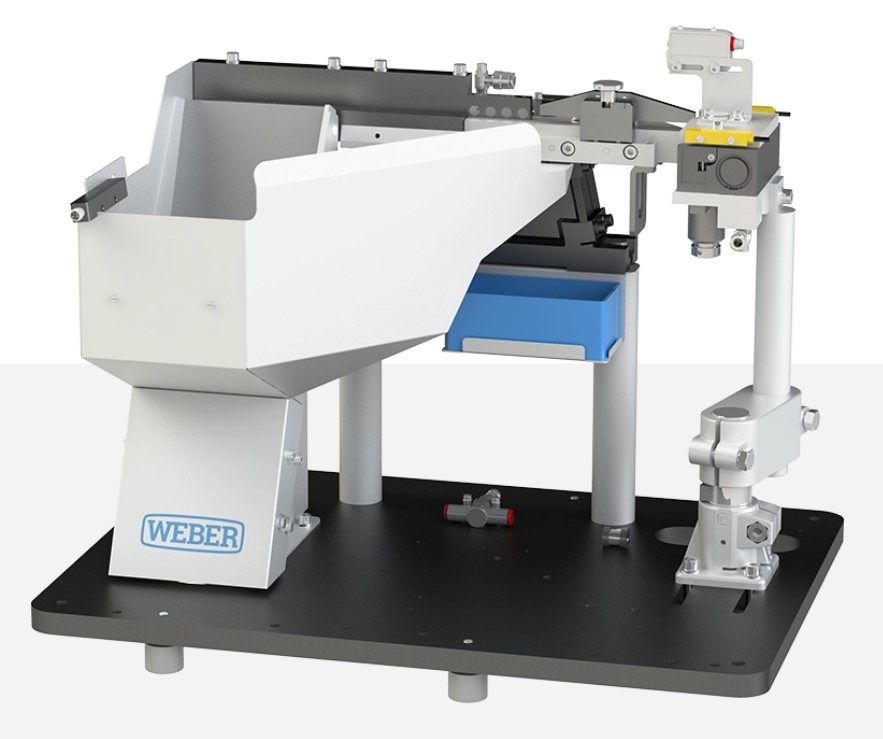
When selecting the vibratory feeder for your application, you generally have three (3) options: a conventional vibratory bowl feeder, a step feeder, and a Piezo feeder. For many applications a Step Feeder is your best choice.
Why choose a Step Feeder?
Step feeders offer several advantages, such as:
- Very gentle operation – in a conventional vibratory bowl feeder the bowl that houses the fasteners vibrates, which exposes the fasteners to a lot of jostling. This can be an issue if you have fasteners with certain coatings, like paraffin wax. With this constant vibration a certain amount of that coating is certain to be removed, creating downstream issues.
Conventional vibratory bowl feeders may also be an issue if your screw heads have a cosmetic finish, which may become damaged because of this constant vibration.
In a Step Feeder, what houses the fasteners is completely inert. It doesn’t move. - Quick Cycle Rates: cycle rates as low as 0.8 seconds
- The unit can be emptied to the very last fastener. Conventional vibratory bowl feeders require neighboring fasteners to help push the fastener up the ramp and onto the track.
- In a Step Feeder the steps can be programmed. Your PLC has control over when those steps are actuated. This helps to reduce the amount of backpressure that is common in vibratory bowl feeders. Backpressure can create screw jams in the linear rail.
- Noise Reduction – Step Feeders are very quiet, relative to vibratory bowl feeders. You can conduct a conversation while the unit is running.
As far as how much volume each unit can house, the Weber line of ZEL Step Feeders come in three (3) sizes: ZEL-240, ZEL-360, and ZEL-480.
- The ZEL-240 has a fill volume of 1.2 litres
- The ZEL-360 has a fill volume of 3.0 litres
- The ZEL-480 has a fill volume of 15.0 litres

In the graph above the technical data marked with an * indicates data with sound insulation hood.
We’d love to hear from you. Please feel free to reach out to us with any questions and/or comments. You can do so by clicking here.
